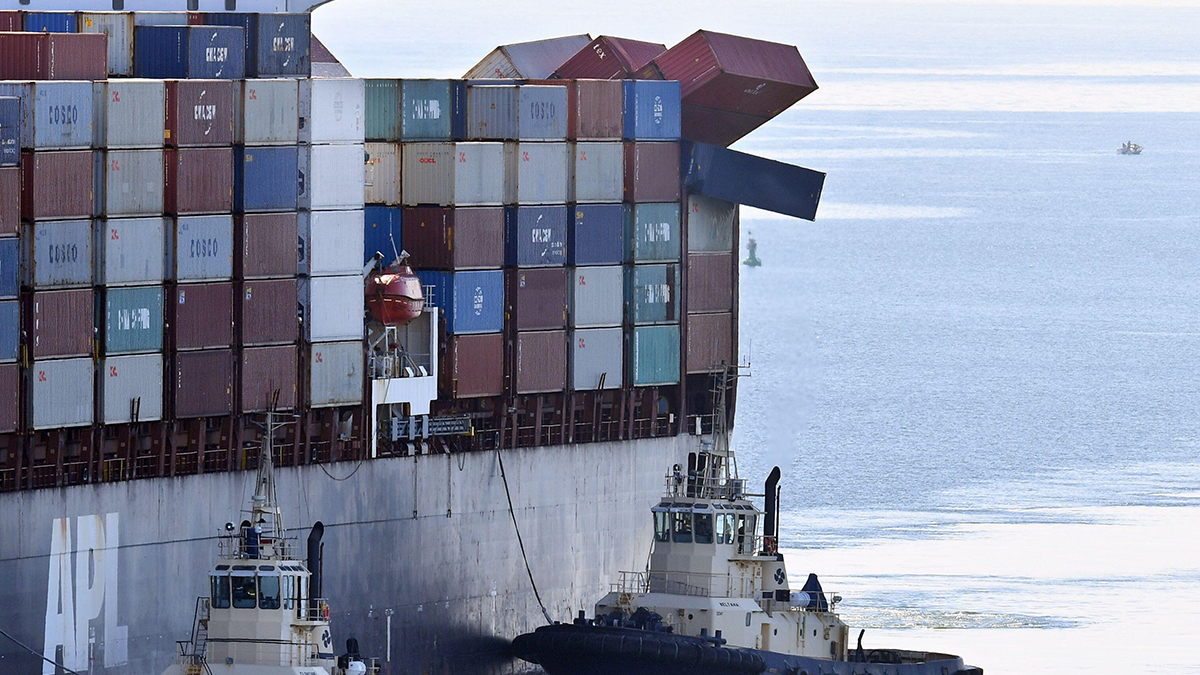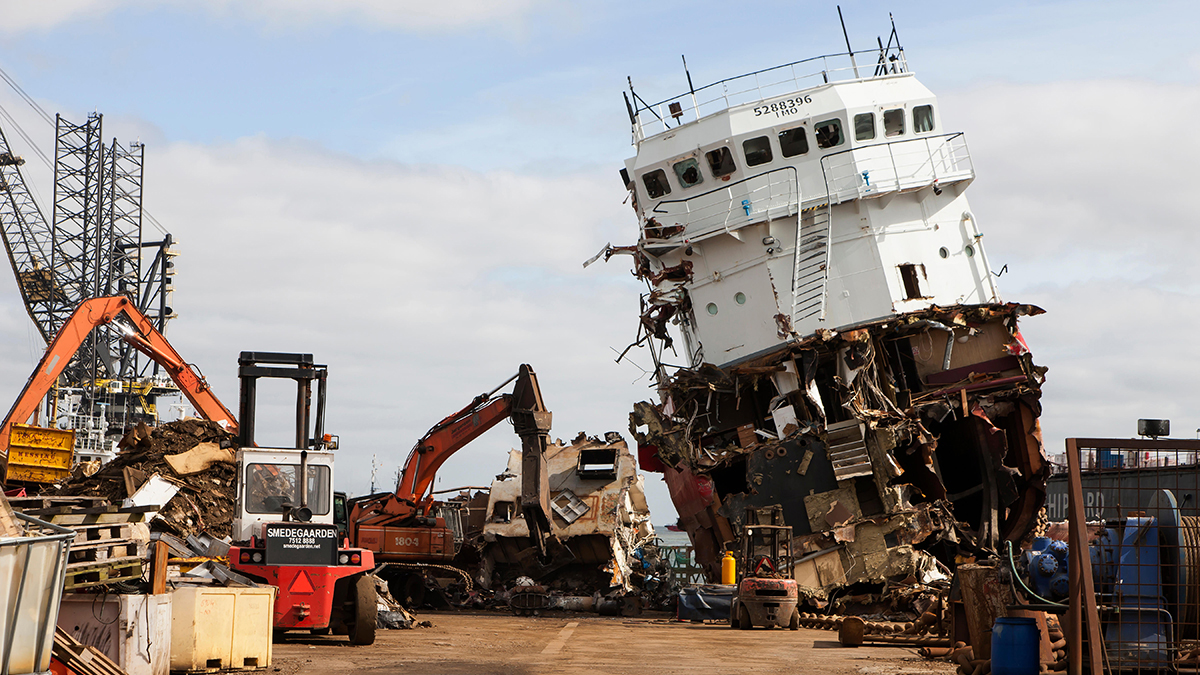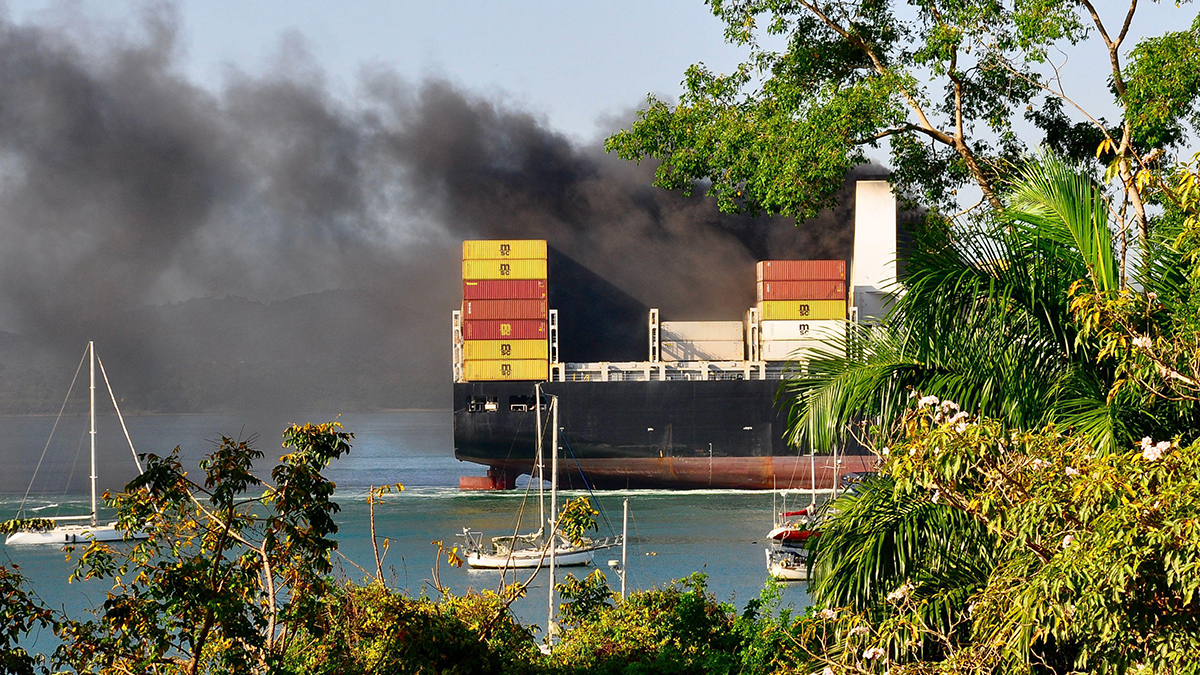The marine market must work together to improve shipping safety
The shipping industry is lagging behind many other industry sectors in terms of safety, and its performance continues to deteriorate with an increasing number of incidents and fatalities
If the International Group of P&I Clubs and other maritime industry bodies work with the Together in Safety consortium, the result will be a dramatically improved and sustained safety performance by the shipping industry, says Grahaeme Henderson
The safety performance in the shipping industry continues to be an area of concern since the subject was last covered nearly two years ago in Insurance Day.
The shipping industry is not only lagging behind many other industry sectors in terms of safety, but its performance continues to deteriorate with an increasing number of incidents and fatalities.
The Allianz Shipping and Safety Review reported a 10% increase in maritime incidents globally over the past three years and, according to Lloyd’s List Intelligence data, there has been a similar increase in the frequency of incidents involving a fatality each year for the past five years.
Other industries continue to make progress. One example is the airline industry, where the number of fatal incidents and fatalities have both improved by 85% in the past 10 years.
“This is against a background in the shipping industry where incidents are known to be mis- or under- reported,” says Grahaeme Henderson, the chair of Together in Safety, a non-regulatory consortium he launched with other shipping executives in 2019, to improve the safety performance of the shipping industry.
Together in Safety’s membership includes shipowners and operators from all sectors of the industry, ranging from tankers, bulk carriers and container ships, to ferries and cruise liners. It also includes industry associations and third-party service providers.
Repeat incidents
Henderson, who previously served as chief executive of Brunei Shell Petroleum, president of shipping at Shell International, and president of the UK Chamber of Shipping, says these incidents have resulted in fatalities, serious injuries, environmental pollution, and major asset damage. “But these are not accidents as such and instead are repeat incidents that could and should have been avoided,” he says.
This trend continues to increase the already significant exposure that shipping represents for insurers, including the protection and indemnity (P&I) clubs, where the vast bulk of maritime liability insurance, including death covers, are written.
For example, shipowners have seen the cost of their insurance rise, with an average general increase of 10% each year for the past five years, as the P&I clubs have sought to offset their increased claims costs. In 2023 these claims costs amounted to around $2.6bn for the International Group of P&I Clubs as a whole.
 A fire burns on a container ship
dpa picture alliance/Alamy Stock Photo
A fire burns on a container ship
dpa picture alliance/Alamy Stock Photo
The shipping industry’s poor safety performance also has consequences for commercial hull, machinery and cargo insurers who are equally exposed to these major incidents. This includes the rise in engine room and cargo fires, where both the claims frequency and cost per claim have risen significantly over the past year.
But it does not stop there, says Henderson. “If a shipping company suffers a serious incident, there are many other related costs, such as loss of revenue while the ship is not operating and the huge amounts of management time consumed by such incidents, which are not generally covered by the company’s insurance,” he explains.
Human error
An analysis of many hundreds of major incidents across all shipping sectors undertaken by Together in Safety shows the same types of incidents occur again and again, across 14 major incident types. These include collisions, grounding of vessels, mooring operations, enclosed space entry, engine room fires, people and containers falling overboard, and container fires. “Human error is responsible for more than 80% of marine casualties and incidents, involving all vessel types,” Henderson says.
Working with shipping companies, Together in Safety has developed a risk prevention programme that has attributed the root causes of all incidents to the lack of a consistent focus on the three strategic pillars of leadership, incident prevention, and wellbeing and care. The programme is supported by best practices, training and engagement tools, such as videos and checklists, which target the specific behaviours and risk factors that contribute to these incident types.
Henderson believes leadership from the very top of the company is absolutely critical. “What the leader says is what gets done,” he says. “If the owner and chief executive are clear that safety is their top agenda item and visibly demonstrate it with their actions, then everyone will also have safety at the top of their agenda too.”
Wellbeing and care shifts the focus on to seafarers as people, Henderson argues. “Like all of us, they have families. Shipping companies need to do more to look after their people, as if they were their brother, sister, son or daughter.”
On incident prevention, the issue is how to avoid having the same incidents. “If we can reverse these major incident types, then simply put, we will stop having the incidents. There is an urgent need for the shipping industry to focus on the 14 major incident types,” Henderson says.
‘If you get safety right, you get everything right. The reason for this is that a strong, internal safety culture is critical to business success, both within the company and externally. Safety is about people, who are central to everything a business does’
Grahaeme Henderson
Together in Safety
Central to the implementation of the risk prevention programme is a set of 10 “golden safety rules”, which have been developed by the Together in Safety coalition working closely with the shipping industry. Henderson believes if the rules are applied across the industry, they will have a major impact and significantly reduce the number of incidents.
The benefits will be huge, he argues. Together in Safety estimates suggest fatalities could be reduced by up to 80%. “It will also have a positive impact on the reputation of any shipping company. A reputation that took years to build can be destroyed in seconds, and take forever to restore.”
The programme is available through Together in Safety and can be implemented quickly, and at pace, to enable the industry to start making the required changes now, Henderson says. “The best practices are free to use and straightforward to access online at any time from anywhere. It would cost a company many thousands of dollars and huge amounts of time to try to develop these for themselves,” he says.
Commitment to change
At the end of the day, Henderson says, the safety performance of the shipping industry is the responsibility of the shipping companies. But he says that in certain areas of the shipping sector, there is a lack of appreciation of the importance of safety, and therefore a lack of commitment to making the required changes.
This attitude, he argues, overlooks the fact that a good safety culture in a company provides numerous other benefits. “If you get safety right, you get everything right. The reason for this is that a strong, internal safety culture is critical to business success, both within the company and externally. Safety is about people, who are central to everything a business does.”
Henderson believes there is an opportunity to partner with existing industry groups to drive a collective purpose and learn from each other. “If the flag states, classification societies and the [International Group] companies work with Together in Safety, the result will be a dramatically improved and sustained safety performance by the shipping industry.”
He sees the participation of the International Group as particularly important in terms of providing a platform for the shipping companies to make the necessary changes. “With the clubs providing marine liability cover to approximately 90% of the world’s ocean-going fleets, the benefits to the P&I sector will be significant. Not least in terms of the reduction in claims costs.”
Each P&I club has a loss prevention group undertaking their own individual activities, but they are not addressing the real root causes, Henderson says. And although there has been some progress in recent years, an opportunity now exists for the P&I clubs to work with Together in Safety, he says. “What is needed is a consistent approach to seafarer safety and physical asset loss prevention across the industry. Having one programme will result in improved focus and efficiency of delivery.”
Henderson’s confidence that the adoption of the Together in Safety programme will have the required impact is based on experience. During his last decade at Shell, Henderson initiated the Shell Partners in Safety programme to address the poor safety performance in the company’s shipping and maritime activities.
Wider benefits
“Working with 500 shipping companies, we together delivered a 10 times reduction in actual and potentially serious incidents in eight years for ships operated by and chartered to Shell,” he says. “If we could do the same for the global shipping sector, just think how this would transform not only the overall performance of the shipping industry, but also the impact on vulnerable seafarers, and their families and children.”
Improving its safety performance will help the shipping industry address the many other challenges it faces, says Henderson. This includes delivering on decarbonisation and other sustainability agendas. “Mitigating the risks associated with the decarbonisation of the shipping industry will not be possible without a relentless focus on safety.”
The Together in Safety coalition’s core objective, Henderson says, is to protect seafarers’ lives, while delivering improved business efficiency and commercial effectiveness, which is fundamental to safeguarding shipping’s future success and sustainability in the years to come.
“Our focus is on solutions combined with actions to deliver results. Discussions are important, but it is also important to move from those discussions to action. Other industries have delivered astounding results. In shipping, we can do likewise,” he adds.



